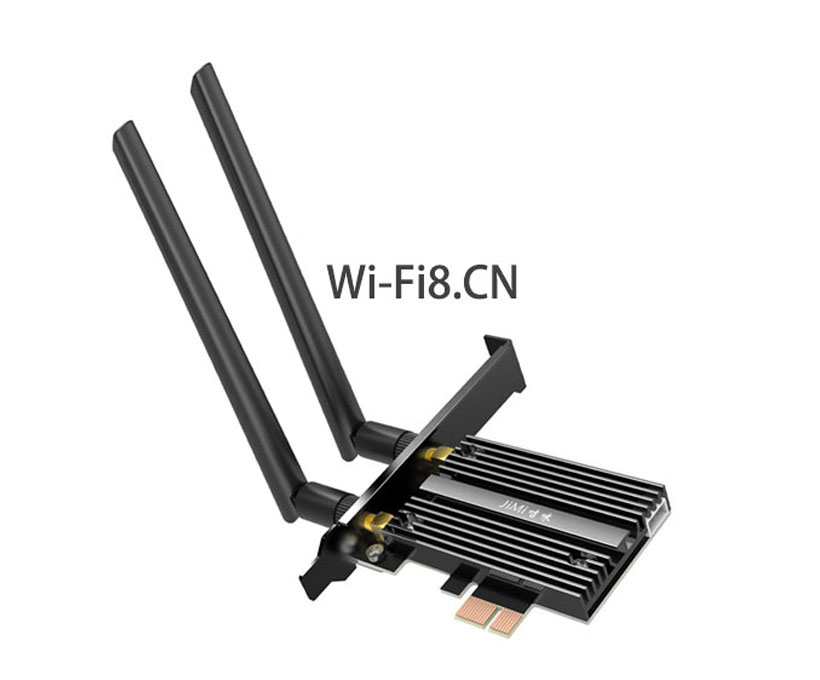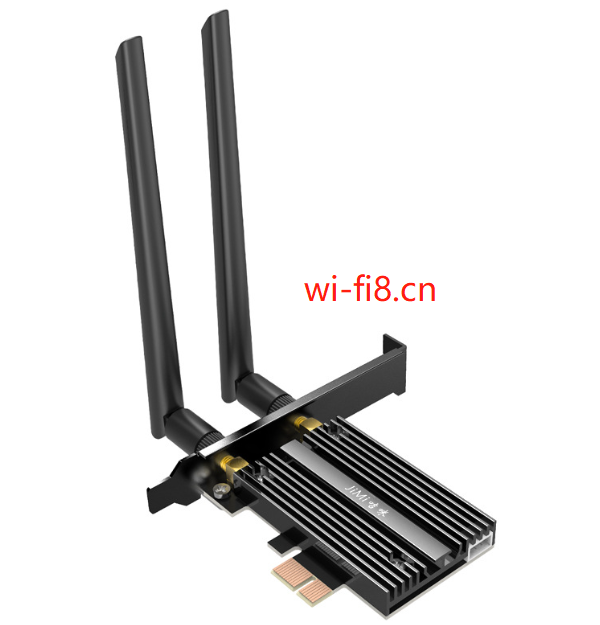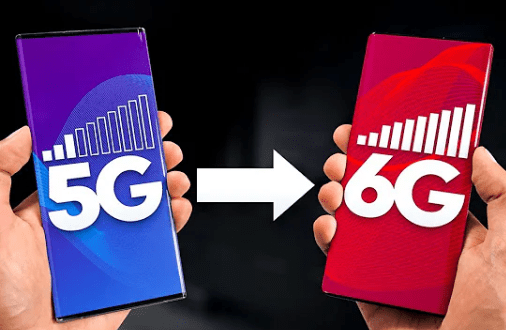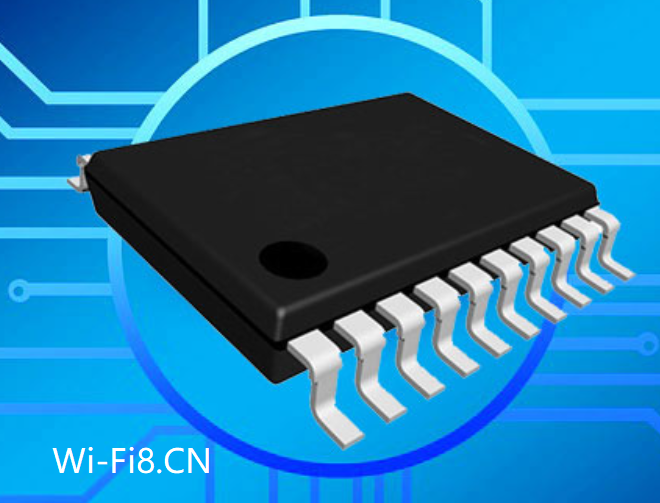PCIE WiFi Adapter Vs USB WiFi Adapter
Introduction to the difference between USB adapter and PCIe adapter. How to choose USB network card and PCIe network card?
Both network cards can provide WIFI service, so what is the difference between them? Let’s take a look at the difference between USB adapters and PCIe adapters
600m drive-free dual-band USB wireless card 2.4G/5.8G desktop
I am a person who likes to toss the computer, in fact, I don’t know much, but I have more contact, and I am more familiar with the computer than the average person, so when I was in the unit, everyone liked to find me to get it when I encountered problems with the computer, and then simply managed the consumables of the unit.
In recent years, one of the most done things is to install a wireless adapter to people, also called a WIFI receiver, the reason is because the unit was built relatively early, the network port on the wall is poorly maintained, a lot of bad, the second is that an office often has several computers, if you pull the network cable, the line on the ground is like a spider web, not beautiful, and easy to mix people.
In addition to the above benefits, there is also a replacement of the old notebook comes with the network adapter, these built-in network cards are generally poor performance, if you want to download something, the speed is very slow, switch to a better, higher performance adapter can solve this problem.

PCIE WiFi Adapter Vs USB WiFi Adapter
At present, most computers are bought to support WIFI, because many whole machines and notebooks use motherboards with their own adapters. But when building a machine, sometimes because of the cheap price and choose a motherboard without WIFI, if you want to use WIFI, you need to buy a WiFi adapter separately.
Adapters are generally divided into USB adapters and PCIe adapters, both of which can provide WIFI services, so what is their difference?
First, Differences in agreements
First of all, it is natural to distinguish the protocol, USB adapter to USB protocol, generally use USB Type A interface type. Works on most computers.
PCIe adapters can only be used in the motherboard PCIe x1 slot. Available for desktop consoles only.
Second, the installation aspect
Naturally, the USB adapter is more aspect, and the drive-free version is plug-and-play. The PCIe adapter needs to be plugged into the motherboard and needs to be installed in the case. Therefore, if the PCIe adapter is generally recommended to be safe when it is installed, it is necessary to save subsequent repetitive work.
PCIE adapter VS USB adapter
Although it is easy to install, in terms of performance, the USB adapter speed is generally not as good as the PCIe adapter, and the stability is also the PCIe adapter is better.
However, USB adapters are generally cheaper, but some special Linux systems may not be able to use if they do not have their own driver support.
In general, the advantages and disadvantages of USB adapter and PCIe adapter are obvious, easy to use to choose USB adapter, want to get a better experience, such as often need to use WIFI to play games, then honestly choose PCIe adapter, save often delay disconnection and other situations to engage in mentality.
Third, advantages and disadvantages
-
The types and advantages and disadvantages of wireless adapters
To choose a wireless adapter, the first step is to understand the types of wireless network cards.
The most common and simplest installation on the market is the USB wireless adapter, which looks similar to a U disk, and there are also external antennas, which are similar to U disks, plug and play; In addition, the PCI-E wireless adapter, which is a little more cumbersome to install, needs to be plugged into the PCI-E slot of the graphics card.
PCIE Adapter Vs USB WiFi Adapter
USB wireless adapters, as the name suggests, are wireless adapters installed on the USB interface, which are convenient to use and cheap. However, due to the size and interface limit the performance of the network card, the stability is not good, especially in terms of heat dissipation, high-speed download often heats up seriously, further affects its performance, slows down and even causes disconnection, and there is no particularly high-end model to choose from, but the signal with an external antenna is slightly better.
However, it is still enough for most people, after all, the vast majority of people’s requirements are to browse the web, watch movies, listen to songs and so on, and the requirements are not high. If you download frequently, or play games, and have high requirements for latency and stability, USB wireless adapters are not recommended.
In addition, choose a USB wireless adapter, but also note that the USB interface has 2.0 and 3.0, although the 3.0 transmission rate is faster, but there is interference with the 2.4G signal. (Read more: Why do Wi-Fi and USB 3.0 interfere with each other?) )
PCI-E wireless adapter use, need to plug in the graphics card PCI-E slot of the adapter, the installation is slightly complicated, but the advantage is through the CPU, in the network transmission rate, delay is better than the USB adapter, the general high-performance wireless adapter choose this interface mode, of course, the price is more expensive.

However, if it is directly inserted on the network card, the antenna can only be behind the chassis, and the general position of the chassis is a corner, and the signal may be blocked, in this case, an external extension cable of the antenna can be added to ensure the signal quality.
Fourth, Signal frequency band: 2.4 G and 5G
The signal frequency band is often referred to as 2.4G and 5G signals. Early routers generally only support signals in the 2.4G band, that is, single-band routers, and many routers now support 2.4G and 5G frequency bands, commonly known as dual-band routers. If the router at home is dual-band, then when choosing a wireless network card, you can consider whether to buy a dual-band wireless network card, and the focus of thinking is as follows:
The advantages of the 2.4G band are good signal, strong penetration, wide coverage, and all routers support 2.4G, which is an advantage and a disadvantage at the same time. Because of the wide coverage and strong penetration, you are using, your neighbors are also using, there is interference with each other, especially in densely populated urban communities, there may be dozens of 2.4G signals casually searched, and these dozens of signals are squeezed into 13 channels, and the vegetable market at nine o’clock in the morning, noisy, interfering with each other.
By the way, this distraction is not as strong or obvious to most people as they think, but it may be a little more obvious if you are playing games. 2.4G Although there are only 13 channels, the router will automatically adjust the channel of the router according to the surrounding signal interference, and there are tutorials on the Internet to teach you how to manually set the channel, but I think it is better to let the router automatically adjust without deliberately changing it.
Compared with 2.4G, there are fewer channels in the 5G band, but the interference is much smaller, one is that there are not many families using 5G routers now, and the second is that the penetration of 5G signals is very poor, and a wall will attenuate a lot, and the slightly larger house 5G signal coverage is very difficult, not to mention that the 5G signals of different families are going to meet.
Although the 5G signal coverage is small, its advantages are also obvious, in addition to small interference, it also has low latency, faster speed, greater bandwidth, and better stability.
In summary, if the router and the computer are in the same room, and the router is dual-band, then give preference to the network card that supports 5G signals, pay attention to the 802.11.ac standard, because it is the fastest 5G signal standard at present; If the router is single-band, or separated by a wall, then choose 2.4G, after all, it is cheaper, and it is recommended to have dual band if it is not bad money.
Fifth, MIMO technology 5G
MIMO, Chinese called multiple-input multiple-output, is an abstract mathematical model used to describe multi-antenna wireless communication systems. Although abstract, it is not difficult to understand that multiple antennas are used at the transmitting end to transmit signals independently, and multiple antennas are used at the receiving end to receive and restore the original information.
For example, routers that support 5G, one antenna represents 433Mbps, two antennas (abbreviated as 2×2mimo) is 866Mbps, the greater the number of antennas, the greater the rate, on the other hand, the network card to achieve this rate, must match the rate of the router.
(EXTENDED READING: MIMO (SU, MU)) IN 802.11)
Therefore, when choosing a wireless network card, if you are very concerned, you can first check how much MIMO your router is, and then select the wireless network card corresponding to MIMO.
For example, if the router is 1200M, then it is 300M of 2.4G rate plus 866M of 5G rate, that is, its 5G signal is 2×2mimo, then the wireless card must also choose 2×2mimo to maximize the rate.
Of course, this calculation is all theoretical values, in practical applications, it is difficult to really run full of broadband, wireless no matter how the loss is greater than wired.














The difference between USB adapter and PCI-E adapter:
USB network card, as long as it is a computer with a USB interface (even a TV and other devices) can be used. PCI-E network cards are only suitable for motherboards with PCI-E interfaces.
In terms of stability and speed, PCI-E network cards are more stable and faster than USB network cards.
In terms of price, PCI-E network cards are much cheaper than USB network cards (under the same configuration).
WIFI6 is very stable, the speed is up to 3000M, with the WIFI6 router, the transmission speed is not worse than that of gigabit wired.
Intel AX210 Gigabit Dual Band 5G Wireless Network WiFi Receiver Desktop Computer Built-in WIFI6 Wireless Network Card 3000M + Bluetooth 5.2 2-in-1
signal is better, PCI wireless adapter or USB wireless